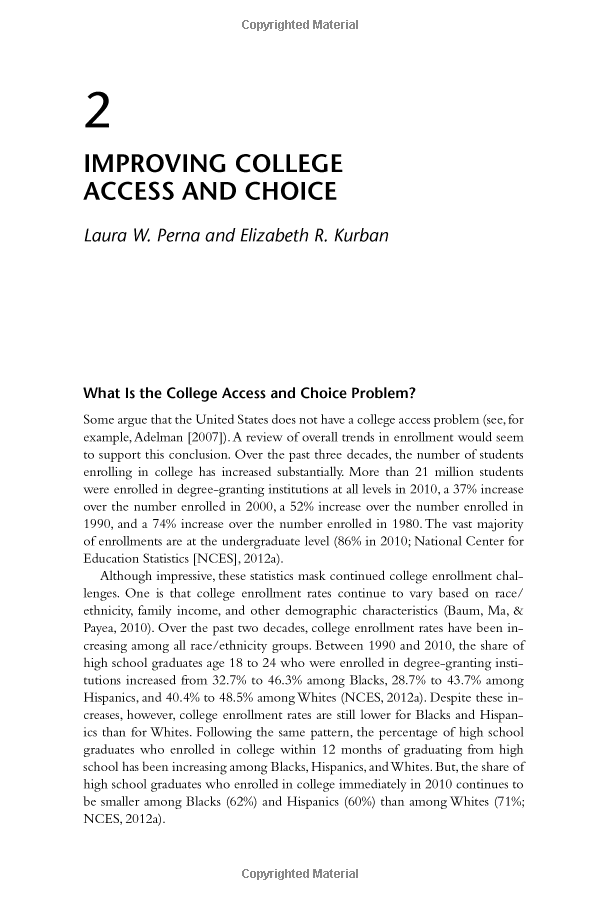Understanding the Highest Amount of Student Loan Debt: Causes, Consequences, and Solutions
Guide or Summary:Introduction to the Highest Amount of Student Loan DebtFactors Contributing to the Highest Amount of Student Loan DebtConsequences of the H……
Guide or Summary:
- Introduction to the Highest Amount of Student Loan Debt
- Factors Contributing to the Highest Amount of Student Loan Debt
- Consequences of the Highest Amount of Student Loan Debt
- Potential Solutions to Address the Highest Amount of Student Loan Debt
Introduction to the Highest Amount of Student Loan Debt
In recent years, the issue of student loan debt has become a pressing concern for many individuals and families across the United States. The highest amount of student loan debt has reached staggering levels, impacting not just graduates but the economy as a whole. Understanding the factors contributing to this debt, its consequences, and potential solutions is crucial for anyone navigating the world of higher education.
Factors Contributing to the Highest Amount of Student Loan Debt
Several factors contribute to the highest amount of student loan debt. One of the primary reasons is the rising cost of tuition. Over the past few decades, college tuition has increased significantly, often outpacing inflation and wage growth. This means that students are required to borrow more money than ever before to finance their education.
Another contributing factor is the availability of federal and private student loans. While these loans can make higher education more accessible, they can also lead to excessive borrowing. Many students may not fully understand the long-term implications of taking on large amounts of debt, leading them to borrow more than they need.

Additionally, the choice of major can also influence the amount of debt a student accumulates. Students pursuing degrees in fields with lower earning potential may find themselves struggling to repay their loans after graduation, leading to a cycle of debt that can be difficult to escape.
Consequences of the Highest Amount of Student Loan Debt
The consequences of the highest amount of student loan debt are far-reaching. For individuals, high levels of debt can lead to financial stress, affecting mental health and overall well-being. Graduates may delay important life milestones, such as purchasing a home, starting a family, or saving for retirement, due to their financial obligations.
On a broader scale, the economy can also be affected by student loan debt. When young adults are burdened by significant debt, they may have less disposable income to spend on goods and services, which can slow economic growth. Furthermore, high levels of student loan debt can contribute to wealth inequality, as those from lower-income backgrounds may struggle more to repay their loans.

Potential Solutions to Address the Highest Amount of Student Loan Debt
Addressing the highest amount of student loan debt requires a multifaceted approach. One potential solution is to increase transparency around the cost of college and the potential return on investment for different degrees. By providing students with more information about the financial implications of their choices, they can make more informed decisions about their education.
Another solution is to explore alternatives to traditional college education, such as vocational training and apprenticeships. These pathways can provide valuable skills and lead to well-paying jobs without the burden of significant debt.
Finally, policymakers need to consider reforms to the student loan system, including options for loan forgiveness and income-driven repayment plans. These measures can help alleviate the burden of debt for those who are struggling to make payments.

The highest amount of student loan debt is a complex issue that affects millions of individuals and has broader implications for society. By understanding the factors that contribute to this debt, its consequences, and potential solutions, we can work towards a more sustainable and equitable higher education system. Addressing this issue is not just about helping individuals; it is about fostering a healthier economy and society as a whole.